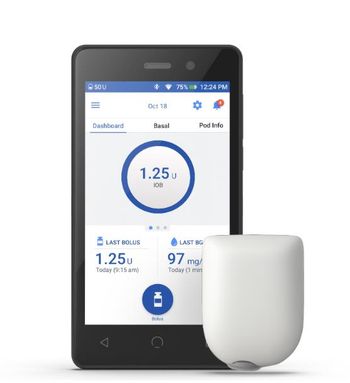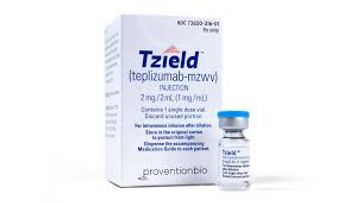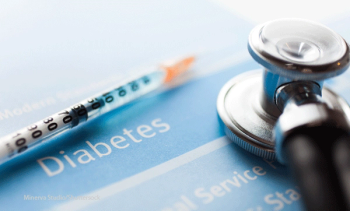
Study Finds More than 20% of Children with Medicaid Receive Metformin for Type 1 Diabetes
Medicaid children with type 1 diabetes are three times more likely to receive metformin than commercial enrollees even though metformin is only indicated for use in patients with type 2 diabetes.
Health plan costs in the first three months after diagnosis with type 1 diabetes were more than 2.5 times higher in children with a commercial health plan than in patients with Medicaid, finds a new study.
In this study, which was conducted by Sanofi, researchers found that patients in Medicaid plans had higher emergency room visits for hypoglycemia compared with those with commercial plans. Additionally, researchers saw higher rates of comorbidities in children with the Medicaid health plans and less use of continuous glucose monitoring and insulin pumps.
But what surprised researchers was that 21.2% of children with a Medicaid health plan were taking metformin, which is not indicated for use in patients with type 1 diabetes. Medicaid enrollees were three times more likely to receive metformin than commercial enrollees. This may indicate off-label use or potential misdiagnoses.
“This was something that we did not expect or anticipate, yet we do not have a causal relationship for that as to why. There may be some unmet needs for children who have autoimmune type 1 diabetes,” Laura Wilson, Pharm.D., health economics and outcome research (HEOR) director, general medicines for Sanofi, said in an interview.
Wilson said she and her colleagues are now doing a subset analysis of the Medicaid population that is taking metformin for type 1 diabetes.
In the study, which was
They identified 4,092 children enrolled in commercial health plans and 1,153 children enrolled in Medicaid health plans. They found that new diagnoses of children with type 1 diabetes were associated with substantial healthcare resource utilization. Medicaid was associated with more hypoglycemia-related ER visits and less use of continuous glucose monitoring and insulin pumps than commercial plans.
They also found that a slightly higher proportion of children with a commercial health plan received other type 1 diabetes-related medications compared with children with Medicaid coverage. Inpatient visits, use of insulin pumps, and continuous glucose monitoring appeared higher for children on commercial health plans.
Children in both commercial plans and Medicaid had similar rates of type 1-diabetes-related emergency room visits. About a third of children with commercial and Medicaid health plans required diabetic ketoacidosis-related ER visits or diabetic ketoacidosis-related inpatient visits.
“There still is a great amount of education that needs to be disseminated, as well as needed attention to this patient population,” Wilson said.
Newsletter
Get the latest industry news, event updates, and more from Managed healthcare Executive.

















































